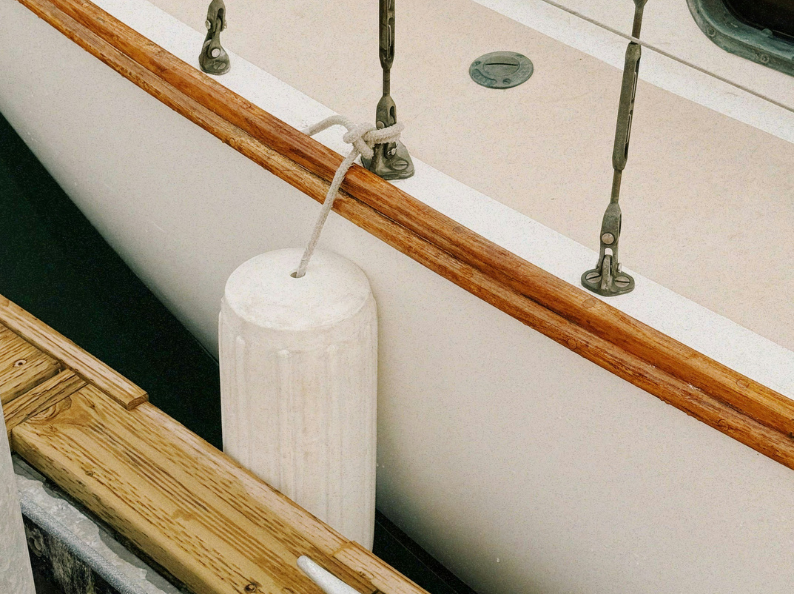Antifouling vs traditional hull cleaning: Which option is best for your boat?

Protecting your boat’s hull is one of the most important tasks in preventive maintenance. The accumulation of marine organisms like algae, barnacles or mollusks can seriously affect performance, increase fuel consumption, and even put the boat’s structure at risk. In this context, two of the most common solutions are antifouling paint and traditional hull cleaning. But which is the best choice for your vessel? In this article, we compare both methods to help you make the right decision.
What is antifouling paint?
Antifouling paint is a special coating applied to the boat’s hull to prevent marine organisms from attaching. These paints contain biocidal agents that are slowly released into the water, creating a barrier that deters marine life from growing on the hull.
Advantages:
- Reduces friction and improves the boat’s performance.
- Decreases fuel consumption.
- Prevents structural damage caused by biofouling.
- Eco-friendly options are available that contain no heavy metals.
Disadvantages:
- Requires periodic reapplication (every 1–2 years).
- Can release pollutants into the marine environment if the wrong product is used.
- Requires technical application conditions (sanding, priming, drying).
What is traditional hull cleaning?
Hull cleaning is the manual or mechanical process of cleaning the boat’s hull, including scraping, sanding and polishing to remove dirt and attached organisms. It doesn’t involve applying antifouling products, although it can be combined with them if needed.
Advantages:
- Immediate and eco-friendly solution (if done without chemicals).
- Ideal for boats that sail infrequently or are stored out of water.
- Allows for a full visual inspection of the hull and any damage.
Disadvantages:
- Doesn’t prevent future biofouling.
- More labor-intensive and time-consuming if done frequently.
- Doesn’t enhance the boat’s hydrodynamic performance.
Comparison by boat type and usage
Recreational boats used frequently
If you use your boat regularly throughout the sailing season—especially for weekly outings or long journeys—antifouling paint is almost essential. It prevents the buildup of marine organisms that increase drag, reduce speed, and boost fuel consumption. Annual application can also extend the hull’s lifespan and protect submerged components. It’s an investment that translates into better performance and lower long-term maintenance.
Boats docked for long periods
For boats moored for extended periods in marinas, docks or buoys—even when not sailing—antifouling is also highly recommended. Still water accelerates biofouling. Occasional cleaning may not be enough to remove deeply adhered organisms, and harsh scraping can damage the gelcoat or base paint. Antifouling acts as a passive, constant shield that protects the hull even when the boat is idle.
Boats stored dry
If your vessel is stored on land—trailers, hangars or boatyards—marine exposure is limited or nonexistent. This includes jet skis, small motorboats, or seasonal boats kept dry after use. In these cases, traditional cleaning is more than enough. Thorough seasonal cleaning and inspection can prevent buildup and preserve materials. Applying antifouling here could be an unnecessary economic and environmental cost.
Small or sport boats
For kayaks, dinghies, inflatables or small speedboats used sporadically or for short trips, water contact is minimal. Occasional hull cleaning is usually sufficient. It can be done after each use or periodically with marine-safe cleaning products. These boats often lack a suitable surface for proper antifouling application, and their design minimizes biofouling retention. Cleaning is more economical and eco-conscious, avoiding the release of biocides or heavy metals.
Associated costs
Antifouling:
The cost includes the paint, labor for hull preparation (sanding, priming, application), and haul-out time. Although more expensive upfront, it can be offset by fuel savings and less mechanical wear.
Hull cleaning:
Usually cheaper if done manually or periodically. However, if not combined with other protection systems, it may require more frequent haul-outs.
Choose based on your sailing habits
Both solutions are valid, but each responds to different needs. If you prioritize performance, efficiency and sail regularly, antifouling paint is your best ally. If you use your boat occasionally and store it out of water, hull cleaning may be sufficient to keep it clean without chemicals.
At Barcelona Nautic Center, we can help you evaluate which protection method best suits your boat. Whether you need to renew your antifouling or perform a full hull cleaning, our team is ready to advise you and provide the best service.


